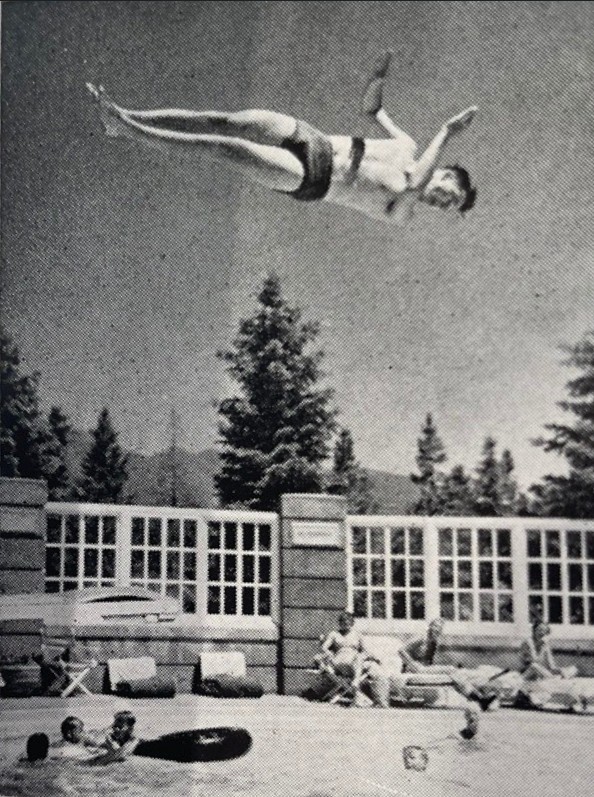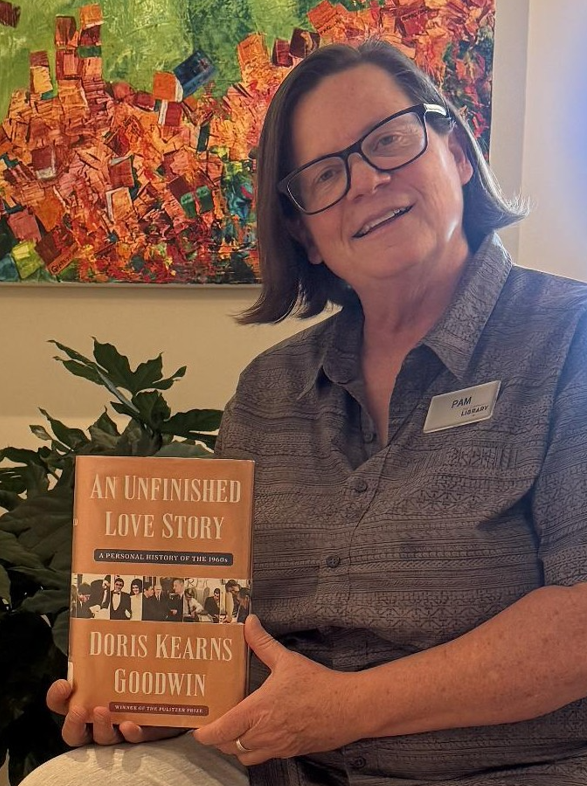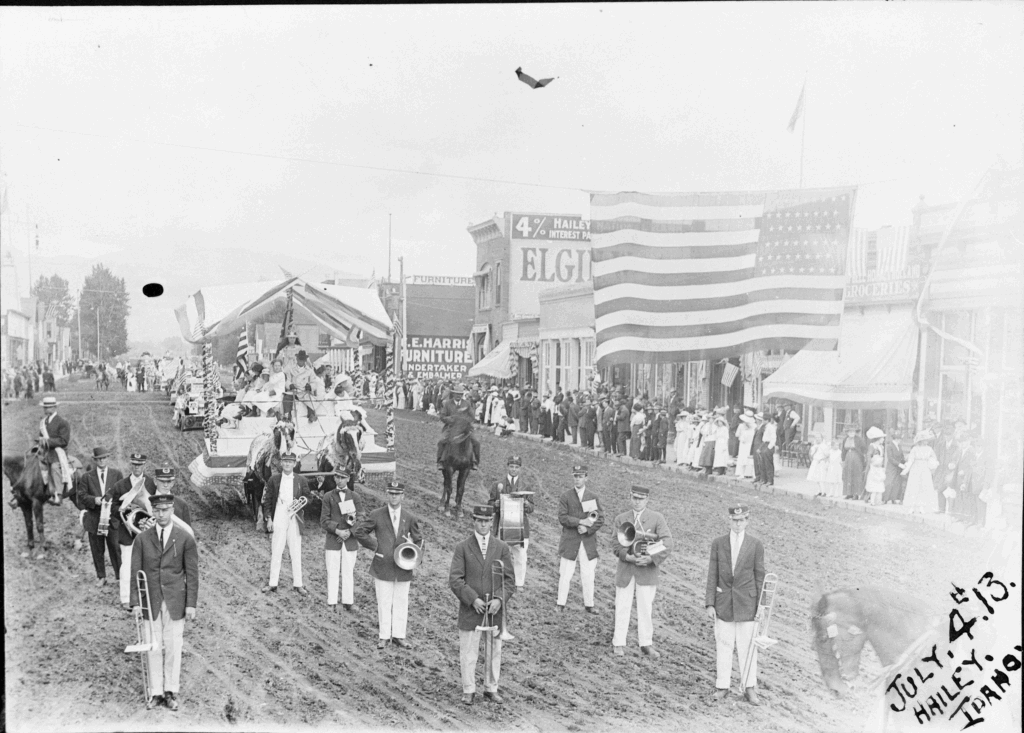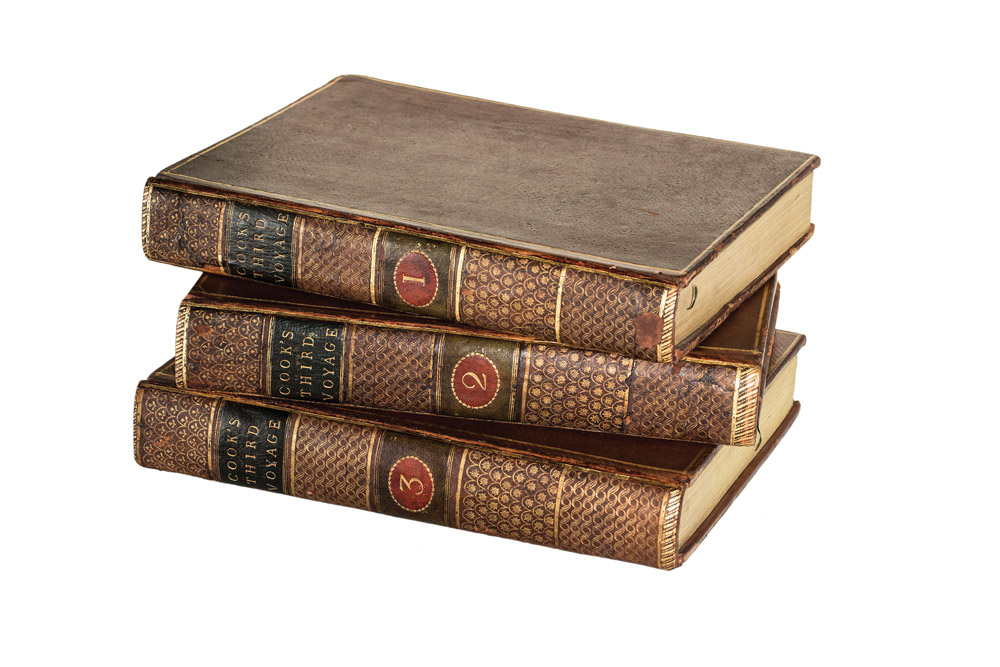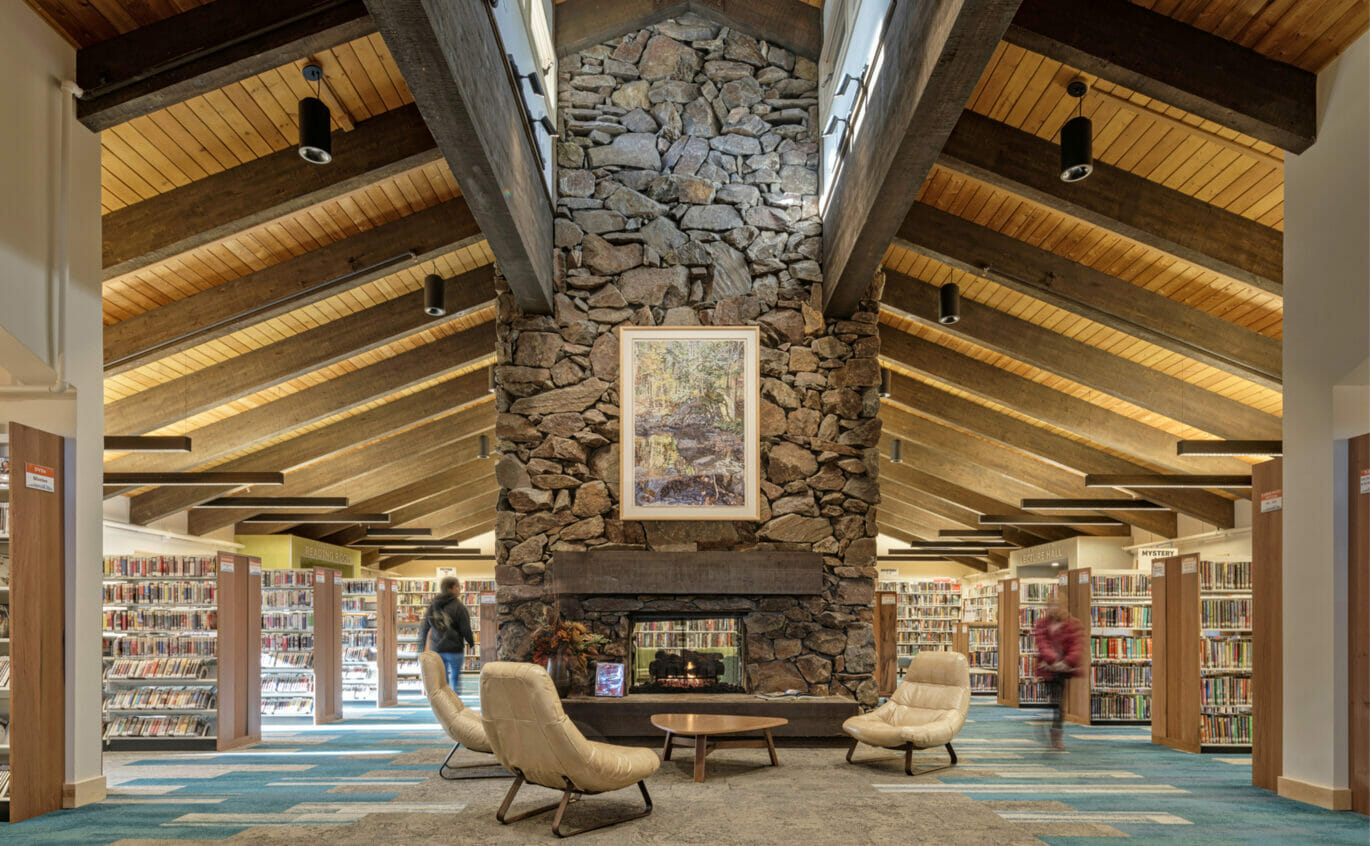By Kelly Noble
Gold Mine Processing Manager
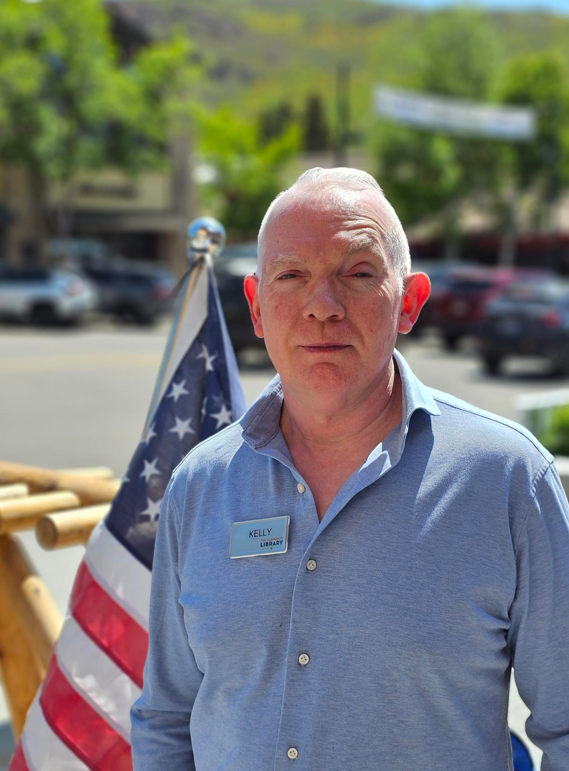
America turns 249 years old this July 4th. People celebrate this day with parades, barbecues, collective gatherings, hot dogs, potato salad, and fireworks.
We celebrate independence and freedom after years of war, national unity, a new cultural identity, democratic ideals shaped by the newly established government, and a period of reflection on what our new country fought so valiantly for.
This is an important opportunity to reflect on what this country has been through over the past two and a half centuries. Many aspects of our history are not pretty.
Opinions vary decisively on the difficult times behind us and the challenging road ahead.
But on this day, we could at least consider the importance of Independence Day and how one can promote life, liberty, and democracy. The notion that Americans can read freely, without the government telling us what to read, is an indispensable gift of the American Revolution. I call this a gift because many people in the world do not have this luxury.
America is replete with local libraries. These are public places where you can borrow a book, research a topic, hear differing viewpoints, use a computer, reserve a meeting room … all for free. Libraries provide information to the public. Free access to information is vital to a democratic society, and an informed citizenry is key to maintaining a free and fair government.
At The Community Library in Ketchum, library cards are free to anyone from anywhere. Just bring in your picture identification and you’ll have access to tens of thousands of titles, plus computers and printers, digital assets, archival documents, personal help from knowledgeable librarians, and more. In addition, the Library offers over 10,000 public programs annually – from Story Time to English Language Learning to world renowned speakers.
Libraries are more than a repository of books; they are symbols of democracy.
Providing fee and accessible information and delivering lectures on a wide variety of topics, including those with a minority viewpoint, is at the heart of what libraries do. Information is free so that every citizen can judge the validity of a subject or policy on their own. Americans can read and think for themselves without government oversight or censorship.
That right is found and guaranteed in the First Amendment to the United States Constitution.
On this national holiday, please exercise your First Amendment rights by visiting your local library, attending a lecture, researching a topic, and becoming informed on a subject by doing your investigation. There is no need to have others interpret a policy for you. As an American, you have the right to read freely and make your judgments.
I do not believe it is accidental that every library I see has an American Flag nearby. Libraries were a part of this country even before we were a formal country. The oldest library in continuous operation is at Harvard College, which was founded in 1638.
I love quoting Benjamin Franklin, who started the first lending library. “The institution of a library I consider an essential part of any civilized society.” From Franklin’s autobiography, “This library afforded me the means of improvement by constant study…”
I do not think more needs to be said. Libraries are critically important to our nation. Grab a hotdog, a Coke, and a book, and celebrate this national holiday in the true spirit of American fashion.
